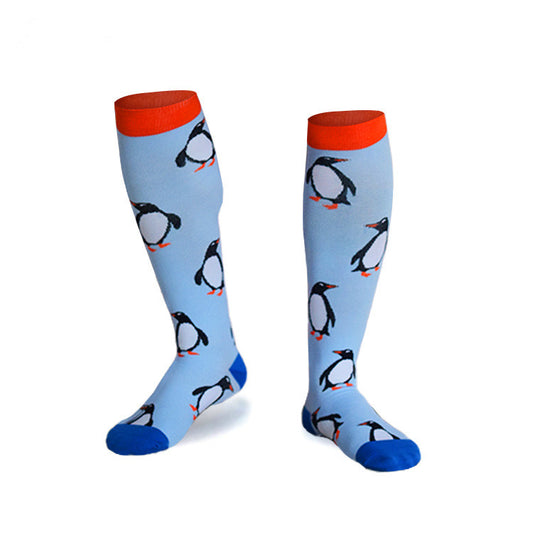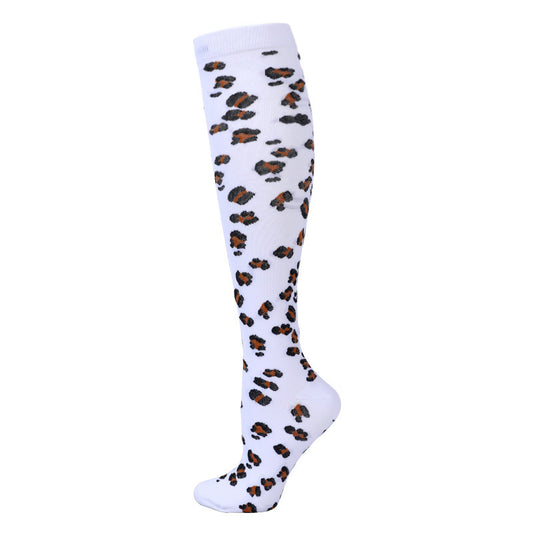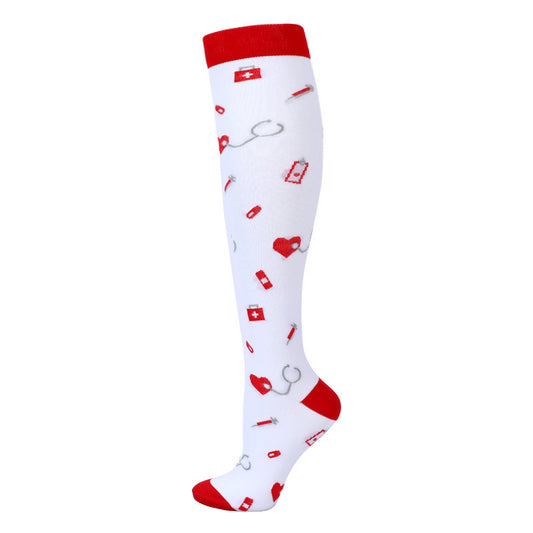-
Compression Socks for Women & Men Circulation (1Pairs)- Best Support for Nurses, Running, Hiking, Athletic, Pregnancy
Regular price $17.99 USDRegular price$35.00 USDSale price $17.99 USDSale -
Medical Compression Socks for Women and Men Circulation 20-30 mmHg Compression Stockings for Running Nursing Travel
Regular price $17.99 USDRegular price$35.00 USDSale price $17.99 USDSale -
Compression Socks for Women & Men(1 Pairs) - Best Support for Medical,Circulation, Nurses, Running, Travel
Regular price $17.99 USDRegular price$35.00 USDSale price $17.99 USDSale -
Compression Socks for Women & Men Circulation - Best for Running Athletic Cycling
Regular price $17.99 USDRegular price$35.00 USDSale price $17.99 USDSale -
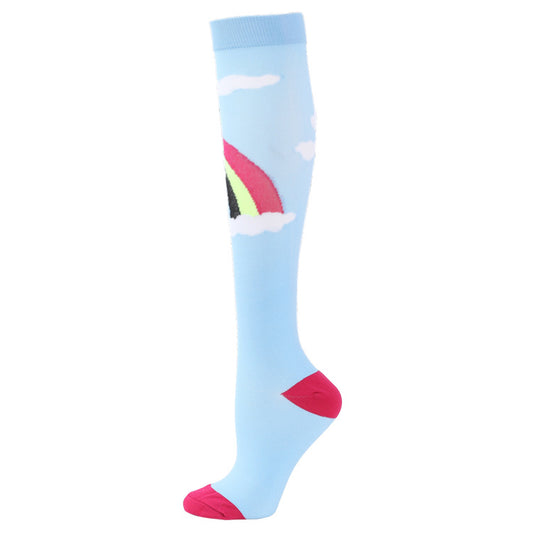
Compression Socks for Women Men Knee High Running Stocking 20-30 mmHg Nurse Medical and Athletic
Regular price $17.99 USDRegular price$35.00 USDSale price $17.99 USDSale -
ZSZBACE Compression Socks for Women & Men 20-30mmHg, Premium Medical Socks for Pregnancy, Edema, Nursing, Running, Travel.
Regular price $17.99 USDRegular price$35.00 USDSale price $17.99 USDSale -
Medical Compression Socks for Women and Men Circulation Compression Stockings for Running Nursing Travel
Regular price $17.99 USDRegular price$35.00 USDSale price $17.99 USDSale -
Compression Socks for Women & Men(1 Pairs) - Best Support for Medical,Circulation, Nurses, Running, Travel
Regular price $17.99 USDRegular price$35.00 USDSale price $17.99 USDSale -
Compression Socks for Women Circulation for Nurse,Pregnancy,Running,Hiking(1 Pairs)
Regular price $17.99 USDRegular price$35.00 USDSale price $17.99 USDSale -
Fun Compression Socks for Women & Men Circulation, Long Stockings Support for Cycling, Hiking, Sport, Travel, Fishing, Flight
Regular price $17.99 USDRegular price$35.00 USDSale price $17.99 USDSale -
Copper Compression Socks for Women & Men Circulation15-20 mmHg is Best for Athletics, Support, Cycling, Nurse
Regular price $17.99 USDRegular price$35.00 USDSale price $17.99 USDSale -
Compression Socks for Women & Men 15-20 mmHg Knee High Circulation Support Hose for Running , Cycling, Sports
Regular price $17.99 USDRegular price$35.00 USDSale price $17.99 USDSale -
Funny Compression Socks for Women&Men Circulation 20-30 mmHg Animal Socks for Running Flight Travel Nurses Pregnant 1 Pairs
Regular price $17.99 USDRegular price$35.00 USDSale price $17.99 USDSale -
Copper Medical Compression Socks for Women and Men Circulation(1 Pairs)-Best Support for Running, Athletic, Nursing, Travel
Regular price $17.99 USDRegular price$35.00 USDSale price $17.99 USDSale -
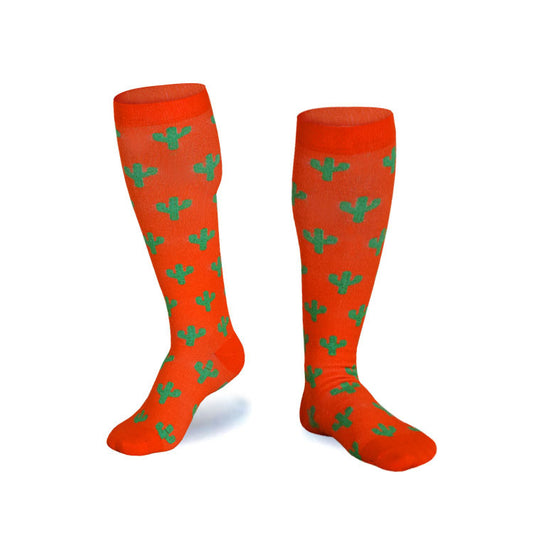
Compression Socks 15-20 mmHg is Best Athletic for Men & Women Running Flight Travel Nurses Pregnant
Regular price $17.99 USDRegular price$35.00 USDSale price $17.99 USDSale -
ZSZBACE Copper Compression Socks for Women & Men Circulation - Best for Running Athletic Cycling - 15-20 mmHg
Regular price $17.99 USDRegular price$35.00 USDSale price $17.99 USDSale
Collection: Women's Compression Socks: Ideal for Sports, Travel, and Everyday Comfort
Discover the Benefits of Women's Compression Socks
Compression socks are a staple for individuals seeking improved circulation, reduced leg fatigue, and enhanced comfort during daily activities. At ZSZBACE, we offer a versatile range of women's compression socks designed to meet diverse needs, from athletic performance to medical support. Explore our collection and learn why these socks might be the perfect addition to your wardrobe.
Why Choose ZSZBACE Compression Socks?
Our women's compression socks are expertly crafted using advanced gradient knit techniques. This approach ensures optimal pressure where it's needed most, enhancing blood flow and offering relief from discomfort. With compression levels ranging from 15-20 mmHg, our socks are suited for all-day wear and are particularly beneficial for those with demanding lifestyles.
Who Needs Compression Socks?
Compression socks are beneficial for a wide range of individuals, including:
- Athletes: Enhance your performance and recovery with our best athletic compression socks, which support circulation and reduce muscle soreness.
- Travelers: Long flights or car rides can lead to swollen legs and discomfort. Choose our travel-friendly socks to maintain comfort throughout your journey.
- Medical Professionals & Pregnant Women: Standing for prolonged periods or managing pregnancy-related swelling? Our compression socks offer essential support and comfort.
Key Features of Our Compression Socks
- Advanced Compression Levels: Available in 15-20 mmHg and 20-30 mmHg, providing varying degrees of support tailored to your specific needs.
- Material Excellence: Constructed from premium materials like moisture-wicking nylon and breathable merino wool, ensuring comfort and durability.
- Multiple Lengths and Styles: From knee-high designs to ankle socks, find the perfect fit for any occasion.
How to Determine if Compression Socks are Right for You
Consider the following symptoms and scenarios to see if compression socks might benefit you:
- Leg Fatigue or Swelling: If you experience tired, swollen legs regularly, especially after long periods of standing or sitting, compression socks may provide the relief you need.
- Discomfort from Travel or Exercise: Frequent travelers or athletes can benefit from the enhanced circulation and reduced muscle cramping these socks offer.
Explore our compression socks collection to find a style suited to your needs.
Common Questions About Compression Socks
What Do Compression Socks Do?
Compression socks are designed to apply pressure to your calves, ankles, and feet, which helps improve blood flow and reduce swelling. This can alleviate symptoms like leg pain, fatigue, and muscle cramping.
How Long Should I Wear Compression Socks?
The duration of wear depends on individual needs. Medical professionals and those standing throughout the day may benefit from extended wear, while occasional use might suffice for athletes and travelers. Avoid wearing them while sleeping unless advised by a healthcare provider.
How Tight Should They Be?
Compression socks should offer firm yet comfortable support without causing discomfort. If they leave red marks or feel excessively tight, consider adjusting the size or fit.
Additional Benefits of Compression Socks
- Enhanced Athletic Performance: By improving circulation, these socks help you maintain energy and reduce post-exercise muscle pain.
- Support During Pregnancy: Many pregnant women choose compression socks to alleviate swelling and support cardiovascular health.
- Prevention of Injury: Ideal for preventing conditions such as shin splints and varicose veins through controlled pressure.
Care and Maintenance
Maintaining your compression socks ensures longevity and sustained performance. Follow care instructions carefully, typically recommending hand washing or air drying. Some of our styles are machine washable for added convenience.
Why Trust ZSZBACE?
With years of expertise in manufacturing and R&D, ZSZBACE is dedicated to providing top-quality compression socks backed by professional service and after-sales support. Explore our collection to find the perfect fit for your lifestyle.


By choosing ZSZBACE, you opt for quality, comfort, and reliable support with each stride. Discover the difference today and step into a world of comfort and health.


